The Multiple Effects of THC-PO
Potential Therapeutic Benefits
While specific research on THC-PO is limited, insights can be drawn from its similarity to THC, suggesting that THC-PO could offer similar therapeutic benefits, potentially at a more potent level due to its enhanced binding affinity for cannabinoid receptors. These benefits might include:
-
Pain Relief: Like THC, THC-PO could help alleviate chronic pain by interacting with pain perception pathways in the brain.
-
Anti-inflammatory Effects: Cannabinoids have been shown to have anti-inflammatory properties, which could be beneficial in treating conditions like arthritis.
-
Anxiety and Stress Reduction: For some users, THC-PO could offer relaxation and stress relief, although this can vary widely among individuals.
-
Appetite Stimulation: THC is known for its ability to increase appetite, which could be beneficial for individuals experiencing loss of appetite due to medical conditions or treatments.
-
Nausea and Vomiting: THC has been used to reduce nausea and vomiting in chemotherapy patients, a benefit that THC-PO might also provide.
Side Effects and Safety Information
As with any potent cannabinoid, THC-PO could have side effects, especially if taken in higher doses than one's body can tolerate. Potential side effects might include:
-
Psychoactive Effects: Given its potency, THC-PO could produce strong psychoactive effects, including euphoria, altered perception, and in some cases, discomfort or distress.
-
Anxiety and Paranoia: While some users find relief from anxiety with cannabinoids, others may experience increased anxiety or paranoia, particularly with potent compounds like THC-PO.
-
Impaired Coordination and Reaction Times: THC-PO could impair motor skills and reaction times, making activities such as driving dangerous.
-
Dry Mouth and Eyes: Common with many cannabinoids, these minor discomforts are typically manageable.
-
Increased Heart Rate: Some users might experience a temporary increase in heart rate.
Given the enhanced potency of THC-PO, it's particularly important to start with a low dose to minimize the risk of adverse effects. Additionally, individuals with pre-existing health conditions, pregnant women, and those taking other medications should consult with a healthcare provider before using THC-PO or any potent cannabinoid to avoid potential negative interactions.
In summary, while THC-PO might offer significant therapeutic benefits akin to those associated with THC, it also comes with a heightened responsibility to use it safely and responsibly due to its potent nature. As research into THC-PO and its effects continues to evolve, more detailed and specific information will become available, helping users make informed decisions about its use.
Safety of THC-PO: What You Need to Know
Research Results and Safety Assessments
As of the latest available information, specific research on THC-PO, a potent synthetic analogue of THC, is limited. Safety assessments for cannabinoids typically involve understanding their pharmacokinetics (how the compound is absorbed, distributed, metabolized, and excreted by the body), pharmacodynamics (the effects the compound has on the body), and any toxicological data (potential for causing harm at various exposure levels).
For novel compounds like THC-PO:
- Preliminary studies often focus on animal models to identify acute toxicity, potential therapeutic effects, and any immediate red flags regarding safety.
- Observational studies on human subjects, when available, can provide insights into the compound's effects in real-world use, though such studies on THC-PO might be rare or forthcoming.
- Comparative studies with well-researched cannabinoids like THC can offer initial guesses on the safety profile of THC-PO, but direct studies are necessary for accurate assessments.
Dealing with Side Effects
Given THC-PO's likely potent psychoactive effects and the possibility of side effects similar to THC, including anxiety, paranoia, dry mouth, red eyes, impaired motor skills, and altered perception, users should take precautions:
-
Start with Low Doses: Begin with the smallest possible amount to gauge your body's reaction before considering higher doses.
-
Monitor Your Response: Pay attention to how your body reacts, noting any adverse effects or discomfort.
-
Hydration: Drinking plenty of water can help mitigate minor side effects like dry mouth and red eyes.
-
Environment: Ensure you're in a safe, comfortable setting, especially if trying THC-PO for the first time.
-
Support System: Having a trusted friend or family member aware of your use can provide additional safety in case you experience intense or undesirable effects.
-
Seek Medical Advice: If you have pre-existing medical conditions or are taking other medications, consult a healthcare provider before experimenting with THC-PO. If you experience severe or persistent side effects, seek medical attention immediately.
As THC-PO and similar novel cannabinoids continue to emerge in the cannabis market, ongoing research and updated regulatory oversight will be crucial in establishing their safety profiles. Users should remain informed through credible sources and exercise caution when exploring new cannabinoids.
Choosing the Best THC-PO Products
Product Types and Their Specific Advantages
Oils and Tinctures: These liquid forms are versatile and allow for precise dosing. They can be consumed sublingually (under the tongue) for a faster onset of effects compared to edibles, or added to food and drinks. They're a good choice for those seeking easy dose control and discretion.
Edibles: THC-PO-infused edibles, such as gummies, chocolates, and baked goods, offer a discrete and convenient way to consume THC-PO. The effects of edibles take longer to manifest but can last longer and be more intense, making them suitable for those seeking sustained effects.
Vapes: Vaping THC-PO offers a rapid onset of effects, convenience, and portability. It's favored by users looking for immediate relief or a quick way to experience THC-PO's effects, though it requires a vaping device and some knowledge of vaping safety.
Topicals: If available, THC-PO-infused creams, balms, and lotions can be applied directly to the skin for localized relief of pain or inflammation without psychoactive effects. These are ideal for users interested in the potential therapeutic benefits without the high.
Purchasing Advice for First-Time Buyers
Research: Before purchasing any THC-PO product, research the manufacturer and product reviews. Look for companies with transparent lab testing, quality ingredients, and positive customer feedback.
Lab Tests: Verify that the product has been independently lab tested, with results available for cannabinoid content, potency, and purity from contaminants. This ensures the product is safe and legal.
Start Small: Choose products with lower concentrations of THC-PO for your first experience. This allows you to gauge how your body reacts to THC-PO.
Legal Considerations: Be aware of the legal status of THC-PO in your jurisdiction. Ensure that any purchase complies with local laws to avoid legal issues.
Consultation: If possible, consult with a knowledgeable budtender or cannabis consultant who can provide personalized recommendations based on your preferences, tolerance, and the effects you're seeking.
Remember, the cannabis market is rapidly evolving, and new products, including those containing THC-PO, are continually being developed. Staying informed, cautious, and responsible is key when exploring new cannabinoids and their products.
Conclusion
In conclusion, THC-PO, or tetrahydrocannabiphorol acetate, represents a groundbreaking entry into the world of cannabinoids, captivating the interest of cannabis enthusiasts and researchers alike. As a semi-synthetic derivative of THC, it showcases the innovative strides being made in cannabis science to unlock new therapeutic benefits and user experiences. The unique properties of THC-PO, including its enhanced potency and semi-synthetic origin, set it apart within the cannabinoid family.
The exploration of THC-PO's differences and similarities to other cannabinoids reveals its potential for more intense psychoactive effects and highlights the ongoing quest to understand and harness the diverse benefits of cannabinoids. Its interaction with the endocannabinoid system mirrors that of traditional cannabinoids, emphasizing the shared foundation that connects it with its more established counterparts.
Understanding how THC-PO works in the body sheds light on its potential therapeutic benefits, with promising indications for pain relief, anti-inflammatory effects, stress reduction, and more. However, the limited research underscores the need for caution, responsible use, and continued investigation into its safety profile.
Comparing THC-PO with HHC provides insights into the distinct experiences offered by these cannabinoids, guiding users in making informed choices based on their preferences and desired effects. Personal experiences with THC-PO vary widely, highlighting the importance of careful dosing, individual tolerance, and responsible consumption.
Navigating the legal landscape surrounding THC-PO and HHC underscores the complexity of cannabinoid regulation, with both compounds existing in legal gray areas in many regions. Users must exercise due diligence when purchasing, ensuring compliance with local laws and choosing reputable suppliers.
Detailed guidance on how to buy legal THC-PO emphasizes the importance of research, lab testing verification, legal compliance, and customer reviews. Understanding the legal nuances, along with careful product selection, ensures a safe and satisfying experience.
Correct dosage recommendations cater to both beginners and experienced users, emphasizing the need for patience, monitoring, and gradual adjustments. The importance of starting with low doses and documenting personal experiences is emphasized, recognizing the individual variability in responses to THC-PO.
Exploring the multiple effects of THC-PO delves into its potential therapeutic benefits and possible side effects, providing users with a comprehensive overview. The safety is underscored, urging users to be aware of potential risks, exercise caution, and seek medical advice if necessary.
Choosing the best THC-PO products involves understanding the advantages of various forms, such as oils, edibles, vapes, and topicals. First-time buyers are advised to conduct thorough research, verify lab tests, start with small doses, consider legal implications, and seek guidance from knowledgeable sources.
In the rapidly evolving landscape of cannabinoids, THC-PO stands as a testament to the ongoing progress in cannabis science. As research continues and regulatory frameworks adapt, users are encouraged to stay informed, exercise responsibility, and approach with a mindful and cautious mindset.







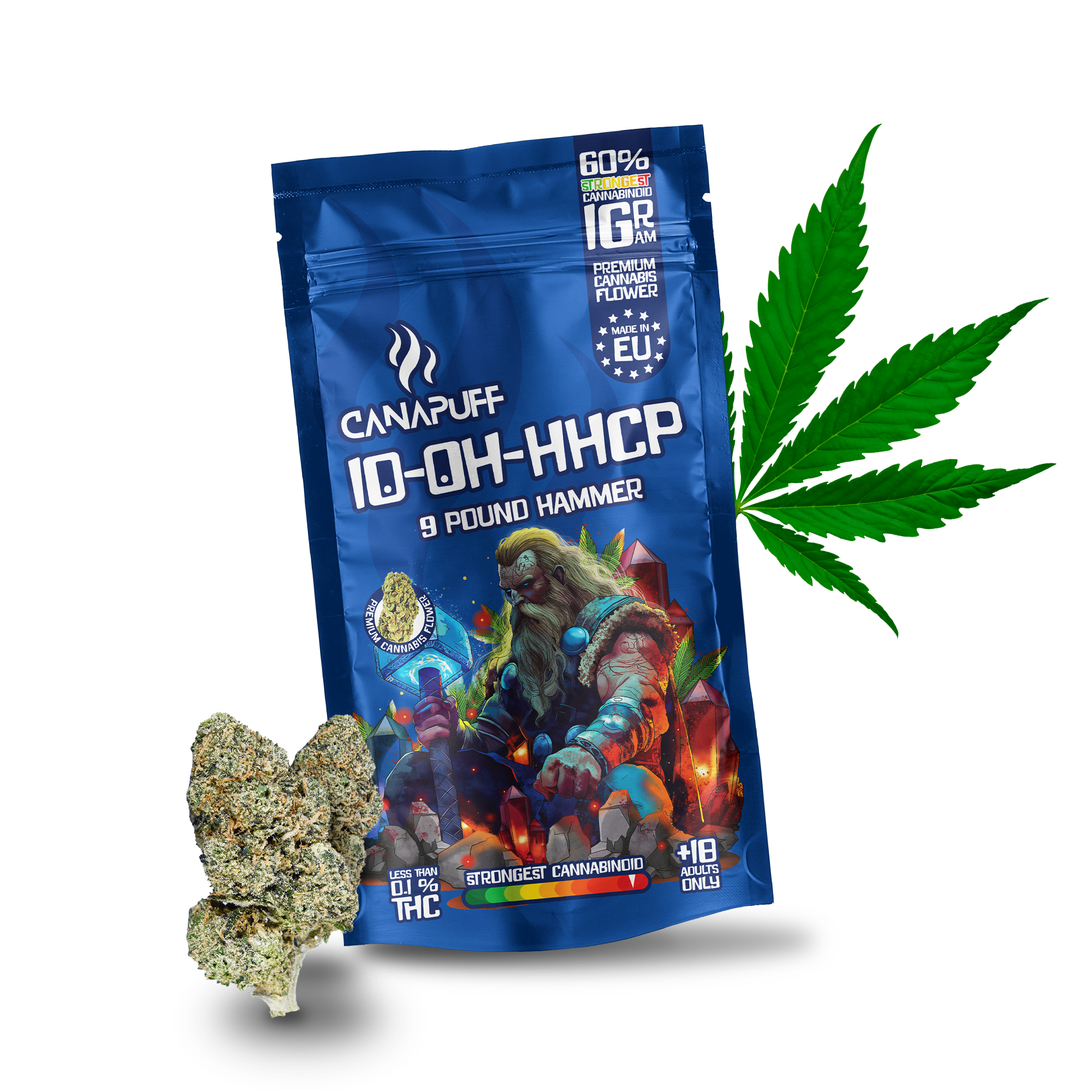
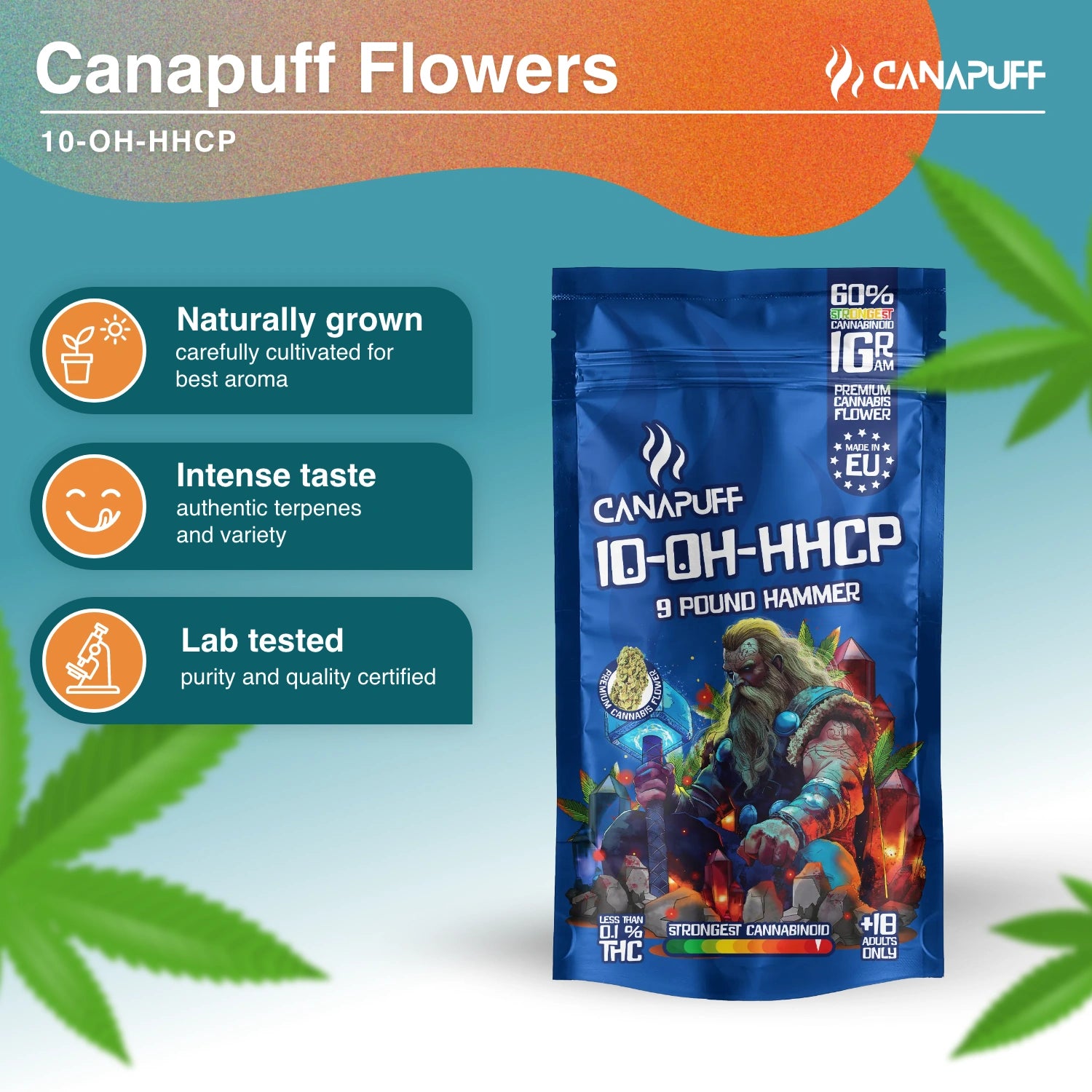
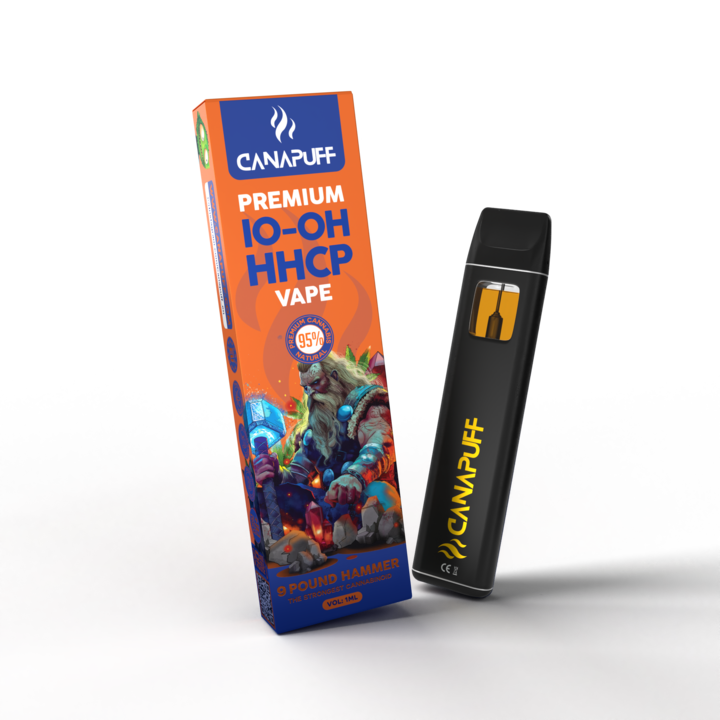
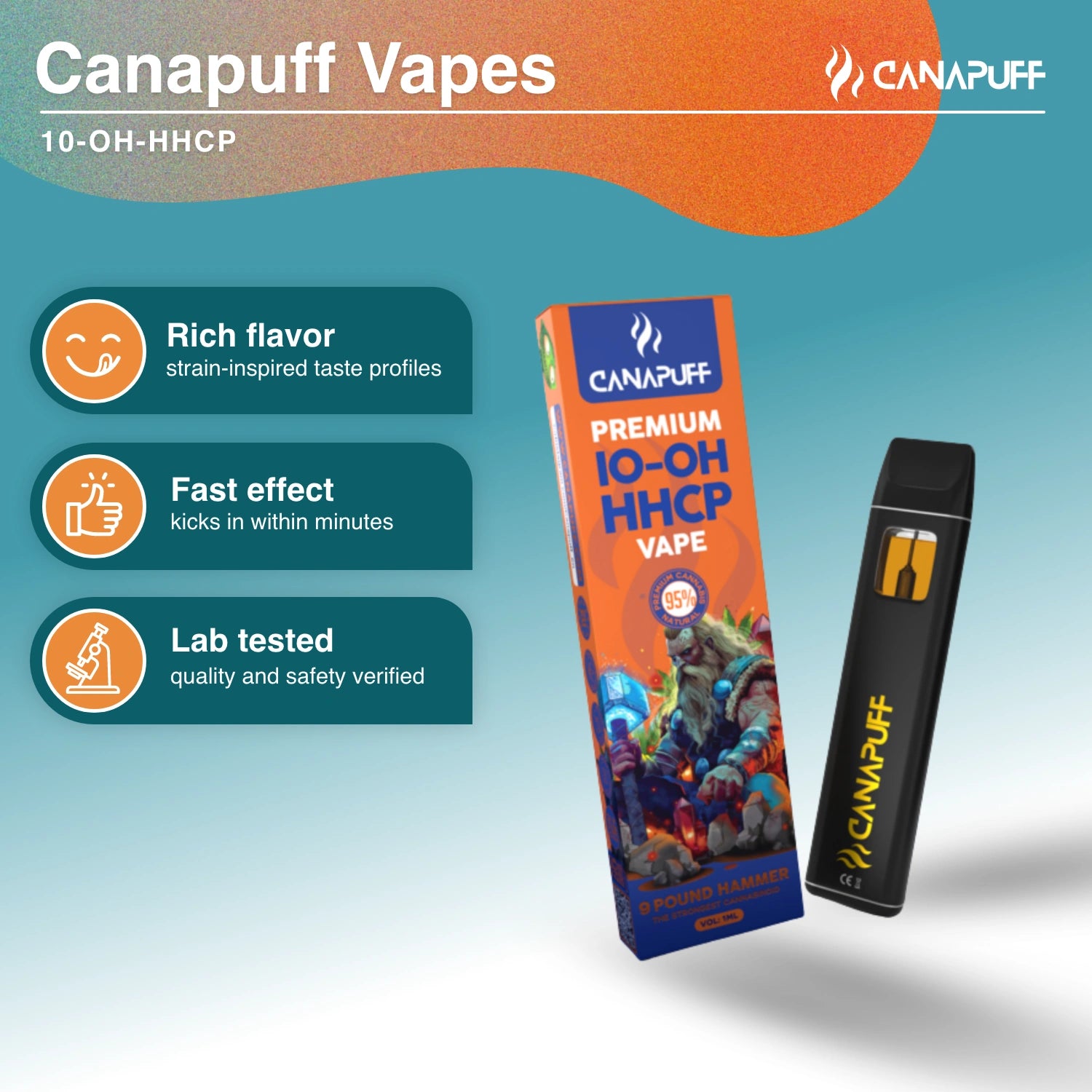
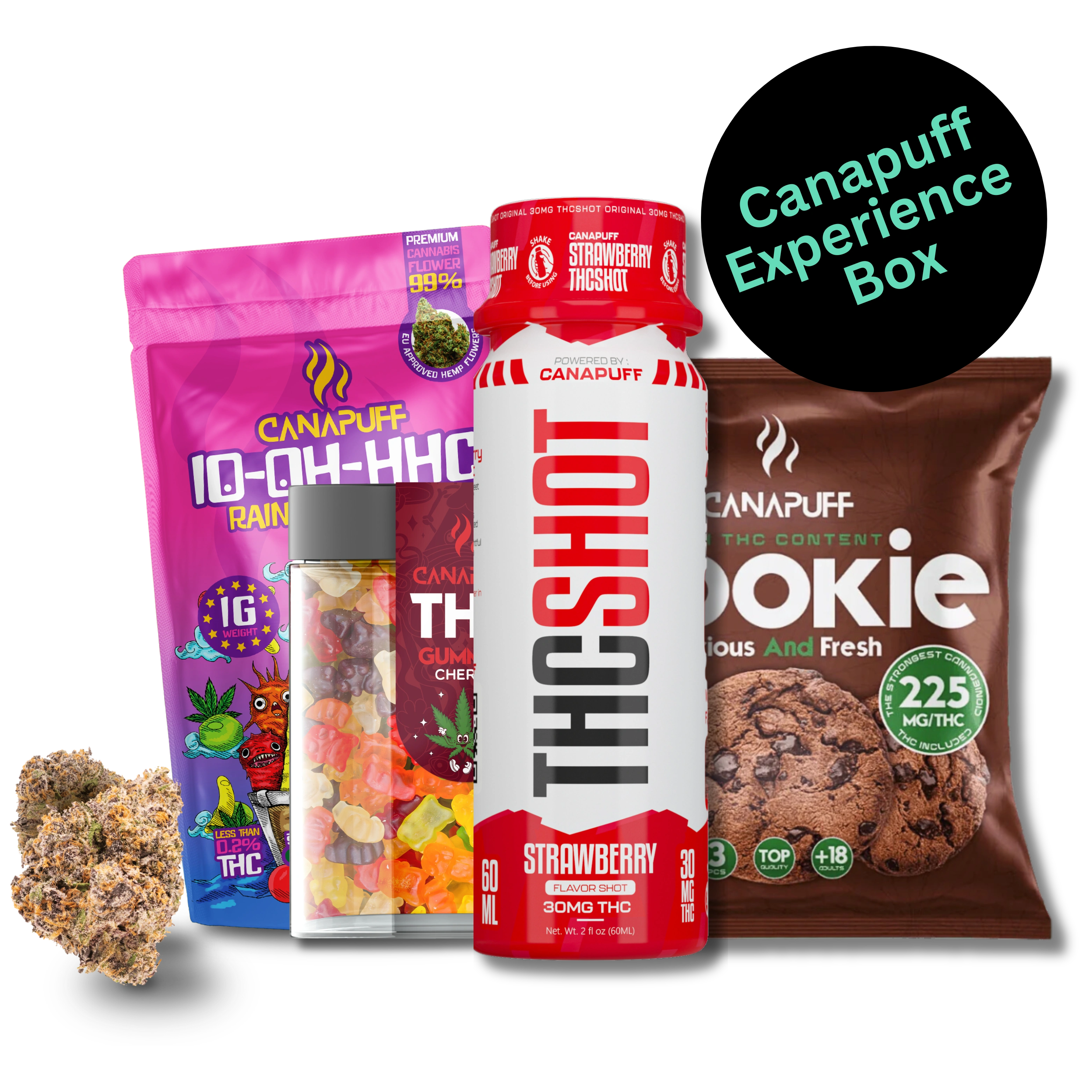









Leave a comment
This site is protected by hCaptcha and the hCaptcha Privacy Policy and Terms of Service apply.